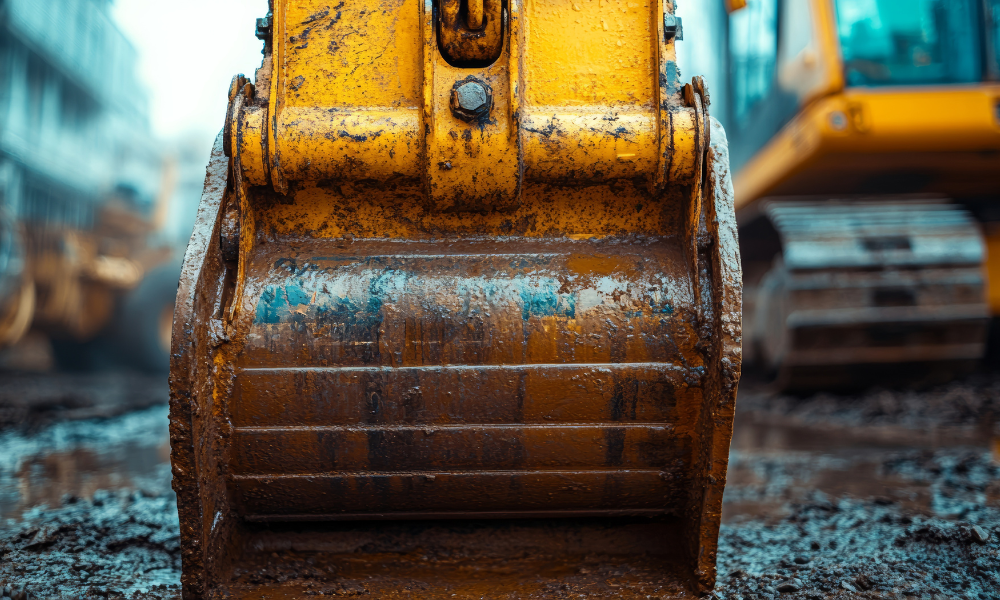Worker dies while removing cement build-up on equipment

Brampton Brick Limited, an Ontario-based employer, has been fined $225,000 following the death of a worker at its Brampton facility.
The penalty was handed down in the Provincial Offences Court in Brampton after the company pleaded guilty. In addition to the fine, the employer was required to pay a 25 per cent victim fine surcharge as mandated under the Provincial Offences Act. This surcharge contributes to a provincial fund that supports victims of crime.
The fatal incident occurred on June 8, 2023, at the company's manufacturing site located at 10828 Hurontario Street, Brampton.
On the day of the incident, the worker was helping remove cement build-up from equipment in the mixer area. While doing so, the worker climbed onto a mud conveyor, carrying a hammer. Unbeknownst to the worker, a skip hoist—a device used to lift materials—was in automatic mode, and the hoist bucket was positioned overhead.
When the hoist automatically engaged, the hoist bucket lowered, fatally striking the worker.
An investigation by the Ministry of Labor, Immigration, Training and Skills Development found that the mixer area was not equipped with adequate machine guarding.
“A worker was fatally injured as a result of the company’s failure to ensure adequate machine guarding that prevents access to a pinch point in accordance with section 25 of Ontario Regulation 851. This is an offence pursuant to section 66(1) of the Occupational Health and Safety Act,” said the Ontario government.
Section 66(1) of the act states: Subject to subsections (2) and (2.1), every person who contravenes or fails to comply with,
(a) a provision of this Act or the regulations;
(b) an order or requirement of an inspector or a Director; or
(c) an order of the Minister,
is guilty of an offence and on conviction is liable to a fine of not more than $500,000 or to imprisonment for a term of not more than twelve months, or to both.
Why are machine safeguards so important?
According to the Canadian Centre for Occupational Health and Safety (CCOHS), machine safeguarding equipment may:
- Stop a machine if a hand or body part enters a danger area
- Restrain or withdraw (pull back) the hand from the danger area
- Require the operator to keep both hands on a control
- Be a barrier that synchronizes with the machine's cycle, preventing entry to the danger area during the hazardous part of the cycle
“Safeguards include guards, safety devices, shields, barriers, warning signs, safe work procedures, and personal protective equipment (PPE),” said CCOHS.
Top ensure worker safety around machines, the national organisation suggests that employers assess each piece of powered equipment using the following process:
- Understand how the machine is designed.
- Understand how to use the machine safely.
- Identify all tasks performed by and associated with the machine:
- What hazards may occur from the use and misuse of the machine?
- What moving parts and corresponding safeguards are currently in place?
- Identify who will be using the machine, and how often the machine will be used.
- Determine what materials are used with the machine (e.g., sheet metal, wood, metalworking fluid, oil, etc.).
- Estimate the risk of each hazard by considering the:
- The severity of possible injuries and or incidents, and
- Probability or likelihood of occurrence.
- Eliminate the hazard(s) where possible.
- Use protective measures to control the risk of each hazard including considering:
- the design,
- safeguarding and protective devices,
- administrative controls, or
- other measures.
- Re-assess to estimate the new risk level.
- Repeat the process if the risk level has not been eliminated or effectively controlled.





